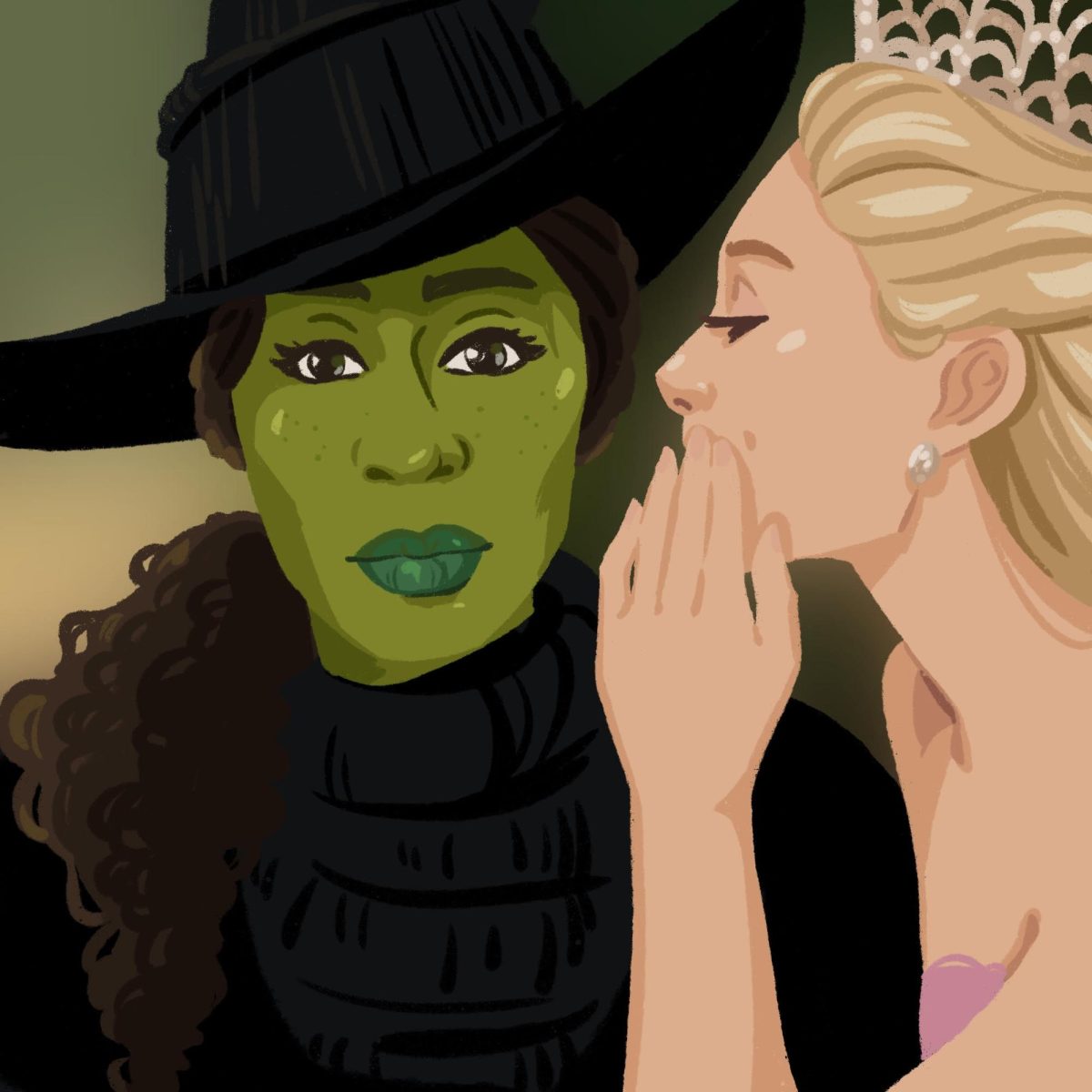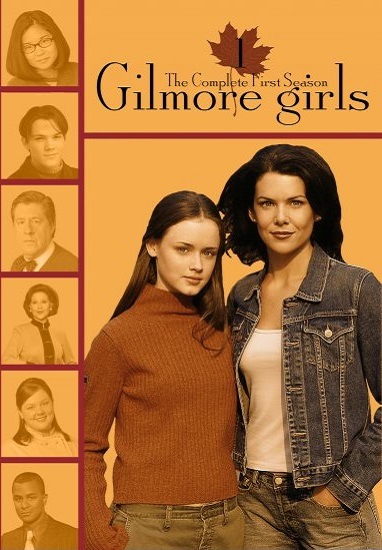Can you separate the art from the artist?
A few familiar names may come to mind when you read that increasingly familiar sentence, and you might assume that this article is all about Kanye West, J.K. Rowling or another controversial artist. Instead, I’ll be exploring this question through the lens of Micheal Jackson, H.P. Lovecraft, J.D. Salinger and my own personal experience.
Firstly, let me make something a bit clearer: I myself am an artist. Many hours of my free time are spent sketching, drawing and scribbling. As a person who’s constantly involved in making art, I have a unique, firsthand perspective on the creative process and the results it produces.
So I’ll cut to the chase. No, in no way do I think you can possibly separate the art from the artist.
Art is a mirror. It’s a reflection of the artist, a fragment of their being. Art is infused with the artist’s ideals and intertwined with their prejudices, whether consciously or unconsciously.
Most artists draw inspiration from their creations from within themselves. Singers produce songs about their own struggles, artists paint the world through their eyes, writers create characters that share their personality traits.
Think about it this way: you cannot separate a person from their words, thoughts or actions. Those are the very things that make them.
People — artists or not — must be held accountable for their actions.
And creating art is an action. It’s taking a piece of one’s self and fashioning it to fit your vision. They are inseparable. To say that art and artists are not inherently intertwined is to devalue all the work an artist puts in to hone their craft.
So where does it leave us? How are we supposed to feel about the foundations of modern art that were built by flawed people?
Let’s take a look at the King of Pop himself, Michael Jackson. Jackson is widely attributed with defining pop music as we know it, but he was also charged with child sexual abuse allegations several times in his career, as well as posthumously.
Many modern-day music artists draw inspiration from Jackson. After all, his music built the foundation for pop. Can that be done ethically in light of his allegations? Does that mean we must discredit all pop music, period?
What about writing? H.P. Lovecraft is known as the Father of Modern Horror and even has a whole horror subgenre — Lovecraftian horror — named in his honor. Yet Lovecraft believed in white supremacy and admired Adolf Hitler.
Much of modern horror is built off of Lovecraft’s work. But should all horror that draws inspiration from his works be villainized?
Of course not. Both Jackson and Lovecraft are embedded into our modern world, and no dosage of cancel culture will undo that. It is impossible to deny that many individuals of great skill helped shape our society while still holding deep-seated, incredibly harmful ideas.
Racism, abuse, antisemitism, sexism and xenophobia appear prominently in more than a few notable artist’s lives. An artist’s prejudices and unsavory actions should be readily discussed, especially in the context of education.
J.D. Salinger — the author of “Catcher in the Rye,” a book that is read in many high schools across America — had a relationship with an 18-year-old girl when he was 53 years old, as well as pursuing other relationships with young girls later in life.
This is not to say that “Catcher in the Rye” should be banned from all bookshelves as cancel culture would suggest, but that when teens are taught “Catcher in the Rye” in high school, they should be encouraged to engage in discussion about how Salinger’s objectionable actions may have affected his writing.
Although we cannot remove an artist from their art, we can view their work through a filtered lens — while we read, listen, watch, study or look at their art, we should keep in mind what harm may have been inflicted upon others to make it and what harmful ideas might be hidden below its surface.
Art is a mirror, and separating the art from the artist is like trying to run from your reflection — it’s impossible.












